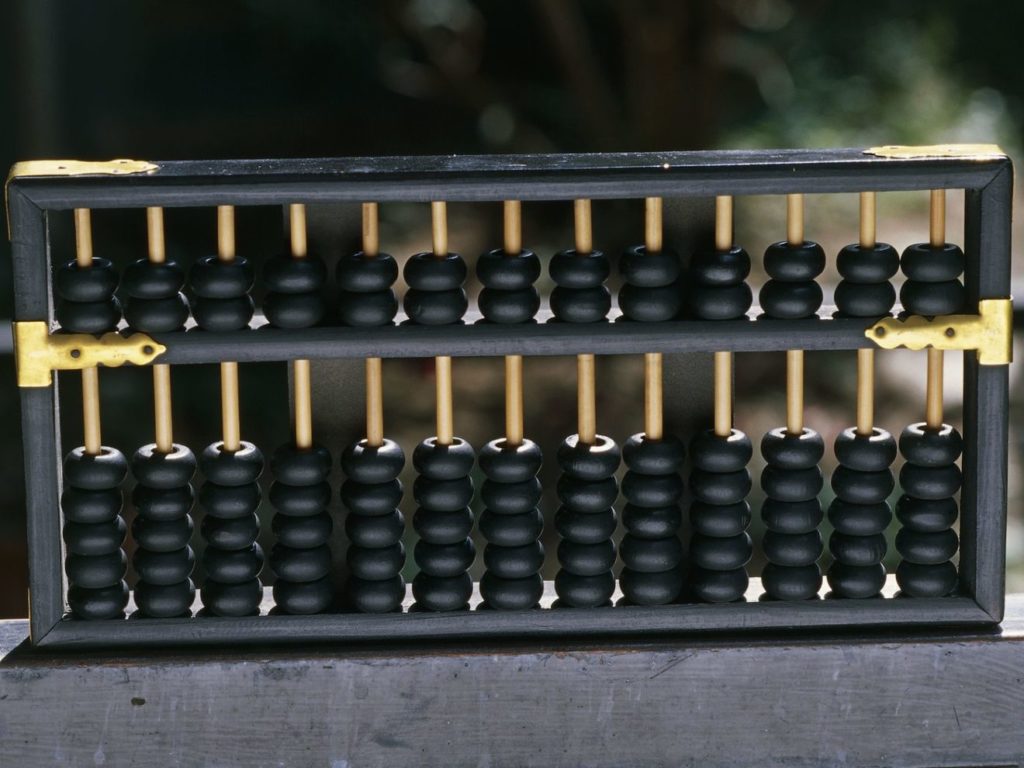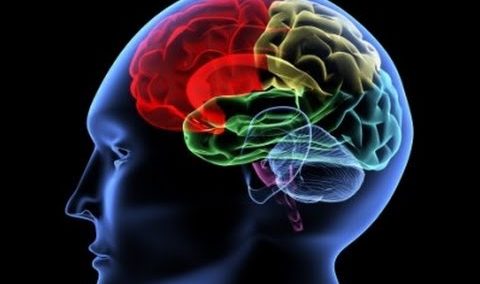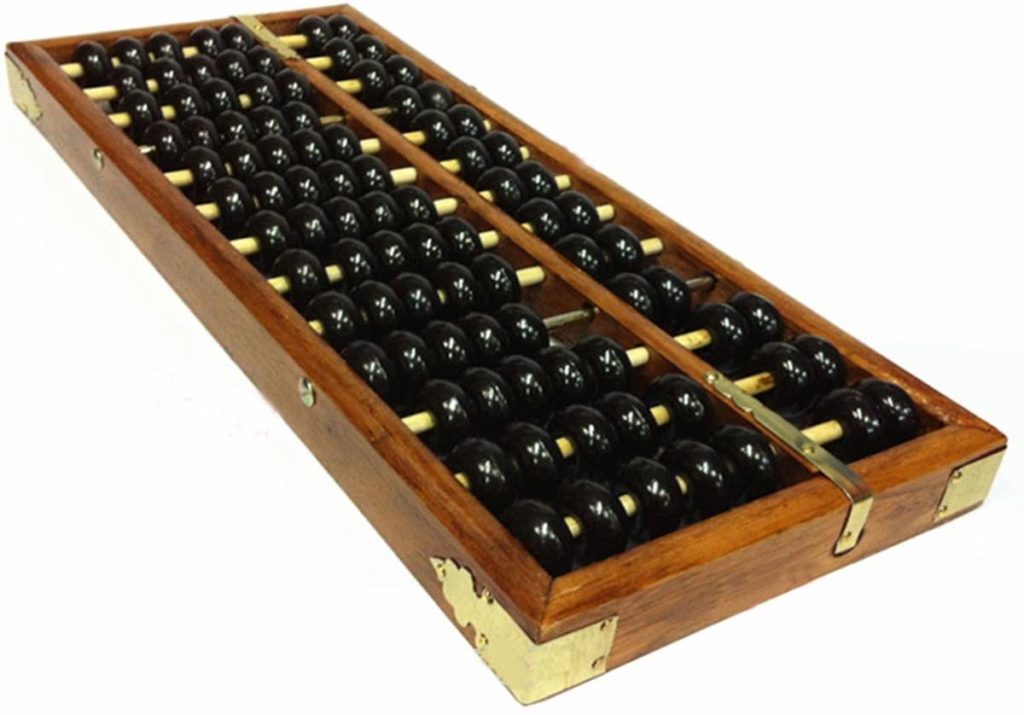Although many have abandoned the ancient calculator known as the abacus, students in Japan, are still training their minds to use the abacus to keep a sharp mind.

The following written content from Aparajitha Suresh
What is an abacus?
An abacus is a simple ‘counting frame’ that was used by many great ancient civilizations (there is recorded use by Mesopotamians, ancient Egyptians, Persians, Greeks, Romans, the Chinese Tang Dynasty, Buddhist scholars, etc.). Monikered as ‘The First Calculator,’ this nifty device allowed ancient scholars to perform large digit numerical operations with ease, long before the invention of the written numerical system.
To date, it is still commonly used by merchants, traders and clerks, and is being taught in many schools around the world because of its many neurological benefits, and ability to help people with visual / learning impairments.
How it Works
The basic abacus consists of two parts:
- The ‘Top Row’ for ‘fives’
- The ‘Bottom Rows’ for ‘ones’
In addition to the rows, the abacus has different columns, which represent place values. The amount of place values varies depending on the size and design of the abacus (Note: all abaci can perform decimal operations as well).
Advocates argue that sliding the beads up and down with your fingers and then thinking with your brain creates a mind-body connection that helps with calculation skills and cognitive memory.
But don’t let the simplistic design of the abacus fool you into thinking a calculator is better. The abacus has endured all this time because of its power — both as a calculator, and as a tool for enrichment. Even in 2020, the benefits of the abacus are unquestionable.
More Powerful than a Calculator
The abacus tool can perform the foundational arithmetic operations of addition, subtraction, multiplication, division, both at a small scale and with large digit inputs. Moreover, as users progress, they can easily execute long division and negative number operations.
Did you know, even today, fluent abacus users can solve large digit problems faster than a calculator (this includes punching in the digits), with the same accuracy?
Neurological Benefits
More than its calculative capacity, the abacus’ true genius lies in its ability to enhance brain development. When students begin to mentally think of numbers as abacus beads (as opposed to as separate, written numerals), not only do they improve their visuospatial / visuomotor processing, but they also are able to calculate math problems using less short term memory space — and this greatly improves efficiency!
Advertisement
As students use the abacus regularly, their ability to mentally calculate large number operations greatly improves, both in terms of speed and accuracy! In fact, people who regularly do mental abacus math show higher numerical memory capacity, quicker mental retrieval speeds, and overall increased neural connectivity / processing abilities.
CImprove your mind or learn more from from MathGenie






